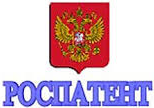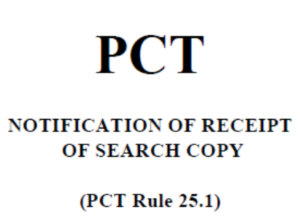Those who handle pending US patent applications are well aware that it is impossible to carry out one’s work competently without knowing how to use Private PAIR to view pending US patent applications and to check the status of such applications. Likewise one needs to know how to use EFS-Web to file new patent applications and to file follow-on papers.
ePCT is the mechanism for viewing pending PCT applications and for checking the status of such applications. ePCT is an important part of the filing of new PCT patent applications and is a crucial part of the filing of follow-on papers in PCT applications.
It is thus extremely important to learn how to use ePCT. ePCT is extraordinarily feature rich. Here are four webinars which together will explore the 20% or so of the ePCT features which you will use 80% of the time. Continue reading “Webinars to learn about ePCT”

 The search fee paid by US filers of PCT applications for the Russian searching authority will increase on December 6, 2017 from $482 to $698. You can see the details
The search fee paid by US filers of PCT applications for the Russian searching authority will increase on December 6, 2017 from $482 to $698. You can see the details  Filers in the Patent Cooperation Treaty, Madrid Protocol, and Hague Agreement systems (utility patents, trademarks, and industrial designs) know that it is important to keep always in mind when midnight will arrive in Geneva, where WIPO is located.
Filers in the Patent Cooperation Treaty, Madrid Protocol, and Hague Agreement systems (utility patents, trademarks, and industrial designs) know that it is important to keep always in mind when midnight will arrive in Geneva, where WIPO is located. One thing that happens, after you file a PCT patent application, is that Form PCT/ISA/202 arrives. (Or fails to arrive.) Why do we care about Form PCT/ISA/202? I offer some thoughts here.
One thing that happens, after you file a PCT patent application, is that Form PCT/ISA/202 arrives. (Or fails to arrive.) Why do we care about Form PCT/ISA/202? I offer some thoughts here.  As I mentioned in
As I mentioned in